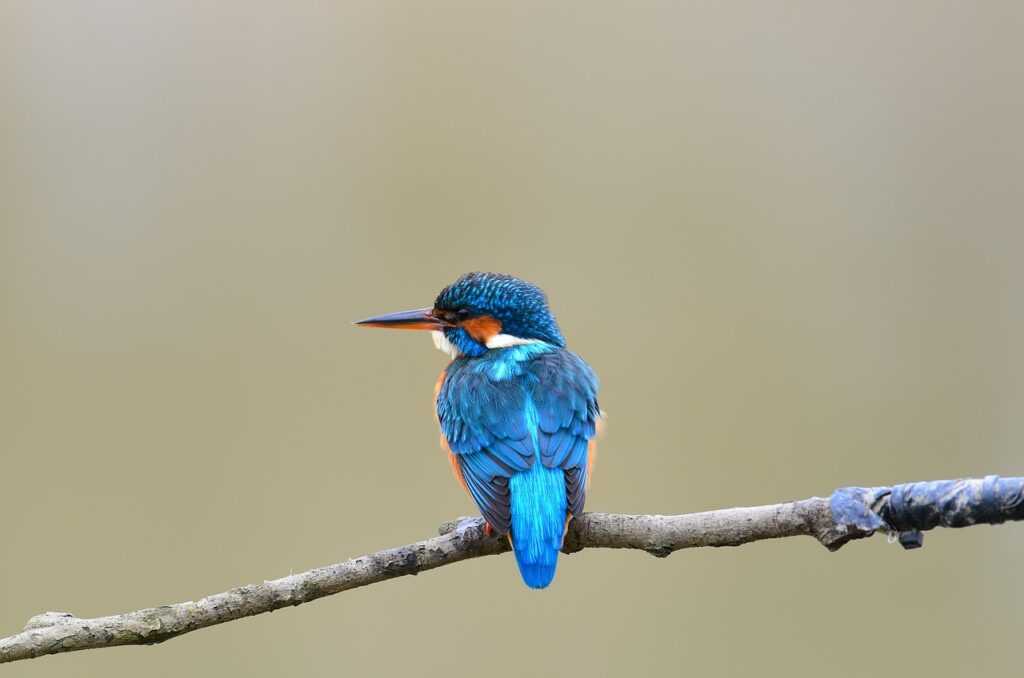Majestic Peak: Discovering the Beauty of Jaroconca Mountain
Located in a remote corner of the world lies the breathtaking jaroconca mountain, a true paradise for adventurers seeking to immerse themselves in nature’s splendor. From its snowcapped peaks to its lush green valleys, jaroconca mountain offers an unforgettable experience for those willing to explore its hidden treasures.
Unveiling the Secrets of Jaroconca Mountain
Natural Wonders: The jaroconca mountain is home to a diverse range of flora and fauna, making it a haven for nature lovers. Whether you’re captivated by the sight of rare alpine flowers or the melodious songs of colorful birds, this mountain is sure to enchant you with its natural beauty.
Rich History: Delve into the rich history of jaroconca mountain, which is steeped in ancient myths and legends. From tales of mystical creatures roaming its valleys to stories of brave explorers conquering its towering peaks, the mountain’s past is as fascinating as its present.
Thrilling Adventures Await
Hiking Expeditions: Lace up your boots and embark on a thrilling hiking adventure through the rugged terrain of jaroconca mountain. With trails ranging from gentle slopes to challenging ridges, there’s something for hikers of all skill levels to enjoy.
Rock Climbing: For the adrenaline junkies, jaroconca mountain offers exhilarating rock climbing opportunities that will test your strength and courage. Scale its sheer cliffs and granite walls for a heartpounding experience you won’t soon forget.
Relaxation and Serenity
Picnicking: Take a break from your adventures and enjoy a leisurely picnic amidst the serene beauty of jaroconca mountain. Set up your blanket near a babbling brook or under the shade of a towering pine tree and savor a delicious meal surrounded by nature’s tranquility.
Stargazing: As night falls over jaroconca mountain, witness a breathtaking display of stars lighting up the dark sky above. Lay back and gaze up at the twinkling constellations, letting the peace and stillness of the mountain envelop you in its quiet embrace.
Conservation Efforts and Sustainable Tourism
Preservation Initiatives: Learn about the ongoing conservation efforts aimed at protecting the delicate ecosystem of jaroconca mountain. Discover how local organizations and passionate individuals are working together to safeguard the mountain’s natural beauty for future generations to enjoy.
Responsible Travel: When visiting jaroconca mountain, remember to practice responsible travel habits that minimize your impact on the environment. Respect wildlife, dispose of trash properly, and leave only footprints behind to ensure that the mountain remains pristine for years to come.
In conclusion, jaroconca mountain beckons adventurers and nature lovers alike to uncover its hidden wonders and immerse themselves in the beauty of its majestic peaks. With a rich history, thrilling adventures, and a focus on conservation, this mountain offers a truly unforgettable experience for all who dare to explore its enchanting landscapes.

